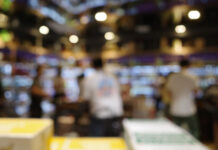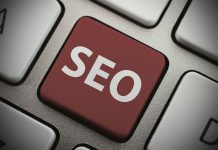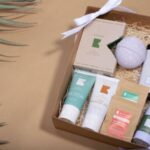Tag: starting a business
7 Things to Consider When Deciding On Your Product Packaging
If you're starting a business and planning to enter the competitive market, you must put a lot of work into your packaging design.
Starting Your Own Business? How to Choose the Right Entity
Starting your own business can be a very rewarding experience, but it can also be very difficult.
Building Your Business? Items You Need to Get Started
If you are dreaming of starting a business you can build a great business by taking the time to research and ensure you have the items necessary to begin.
Insurance Coverage You’ll Need When Starting a Small Business
A business insurance broker can help you determine which types of coverage are right for your business.
Commonly Overlooked Aspects of Starting a Business
Starting a business is one of the biggest accomplishments an entrepreneur can have. Here are commonly overlooked aspects of starting a business to focus on.
5 Things You Will Need When Starting a Business
A ready consumer market is necessary before launching a product or service to fill the gap. Here are five things you will need when starting a business.
Simple Repair and Maintenance to Know About When Starting a Business
When starting a business, the focus is mostly on products or services. Location and equipment maintenance takes the back banner as a close eye is on sales.
How To Do Branding For Your New Retail Business?
Here is an article for you to do branding for your new retail business. Read to know more.
How to Get Ahead on Marketing for Your Brand New Business
Whether you dream of being an independent business owner or dream of hiring and running a large company, you need marketing to make waves and get your name out there. Here are a few tips on how to stand out and get your new business noticed.
Give Your Startup a Running Start: Best Tips for Building a New Business
Building a new startup from scratch can be overwhelming, especially if you’ve never started a business before.
4 Steps to Building Your Online Presence
If you are just starting a business, or are looking to refresh your website and online marketing options, then here are just four steps to help you build your online presence.
Why You Should Get Outside Help for Marketing Your New Small Business
If you are just starting out your business or you have been in business for a while but barely covering your overhead costs, a simple solution to quickly improve your business is to improve your marketing reach and sales performance.
How to optimize your internet when starting a business
With cloud technology and data storage, the internet is something all companies need. So, a slow internet speed can cause havoc on your organization.
How industrial-grade supplies can help your business prosper
If you're thinking of buying new equipment or replacing old equipment, then this guide can be helpful to you. Be sure to consider these tips before you invest.
How the right kind of financing can help businesses thrive
Taking money from the wrong source can frustrate your efforts in growing your business. Here are the benefits of acquiring funds from suitable sources.
4 Franchise options to get you started on your first business
Starting a business for the first time is extremely difficult, which is why many new entrepreneurs turn to franchise opportunities to help them get started.
How to launch a business from scratch
Do you have a solid idea for a startup business? If you want to succeed with your new business idea, follow these steps.
How to stay focused and motivated while starting a business
The hardest thing about entrepreneurship is the constant rejection. Here are some tips on how to stay focused and remain motivated while starting a business.
4 Different franchise options to explore for your first business endeavor
Franchises are a great option for those looking to make their first business endeavor. They're fairly easy to follow and there are different types that require different amounts of input from you.
How a small business can keep hold of employees
Retaining staff members is critical to success for a small business.







































































